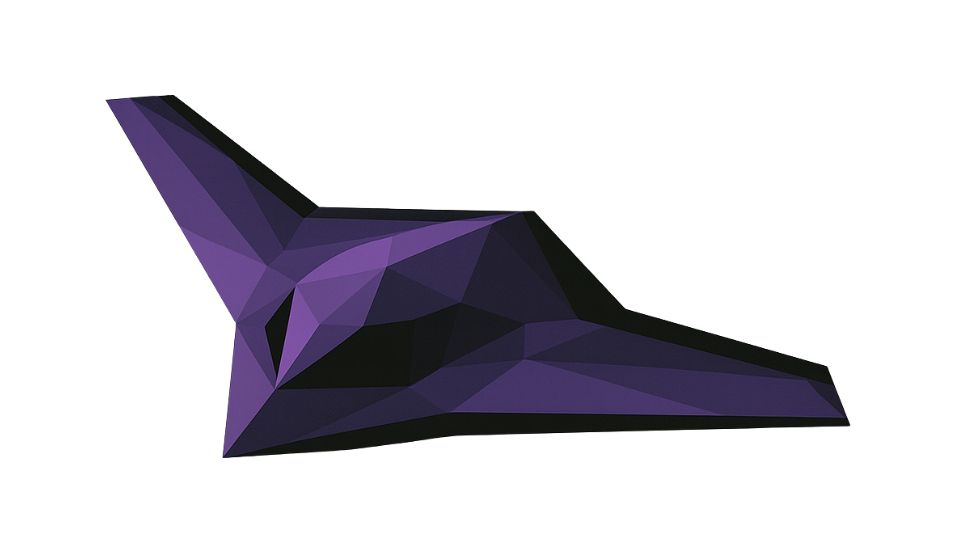Russian forces are refining their drone attack strategies against Ukraine, moving beyond simple mass strikes to incorporate more sophisticated tactics designed to challenge Ukrainian air defenses. These developments include coordinated group assaults, variable flight paths, and the deployment of novel payloads such as anti-tank magnetic mines via “Shahed” drones. The evolving methods indicate a continuous adaptation in the use of Unmanned Aerial Systems (UAS) in the ongoing conflict LIGA.net.
Coordinated Group Assaults and Complex Flight Paths
Serhiy “Flash” Beskrestnov, a military expert in radio-electronic warfare and communications and head of the Radio Technologies Center, highlighted that Russian “Shahed” drones are now operating in concentrated groups. These groups often focus on a single settlement or target, aiming to overwhelm Ukrainian air defenses in specific areas LIGA.net. This tactic seeks to increase the probability of successful penetration by saturating defensive capabilities.
Beyond coordinated swarms, the drones are employing more complex flight maneuvers. According to Beskrestnov, “Shaheds” are observed utilizing “tricky flight techniques,” including zigzagging or semi-circular patterns, and barraging movements (oscillating right-left, up-down) LIGA.net. These dynamic flight paths complicate real-time tracking for Ukrainian air defense units. Additionally, there are efforts to vary flight altitudes, further challenging detection and interception. For an example of previous sophisticated attacks, see our article on Chinese State-Linked Group Exploits Windows Zero-Day Against European Diplomats.
New Payloads and Operational Expansion
A notable development involves “Shahed” drones being observed carrying anti-tank magnetic mines, which are reportedly being dropped onto Ukrainian territory Gazeta.ua. These specific payloads were first reported in early autumn, with the highest concentration of such incidents currently recorded in the Sumy region. This suggests an exploration of new applications for kamikaze drones beyond their traditional explosive roles, potentially expanding their operational impact Gazeta.ua. This evolution in drone warfare highlights the constant need for updated defense strategies, similar to how vulnerabilities like the Brash Exploit Uncovers Critical Chromium Blink Vulnerability require rapid patching.
The intensification of drone attacks by Russia has been previously noted, with a significant increase in the number of unmanned aerial vehicles launched within short periods Gazeta.ua. These mass attacks are primarily aimed at depleting Ukrainian air defense resources and enhancing the likelihood of hitting designated targets. The continued refinement of drone tactics underscores the evolving nature of air warfare and the adaptive strategies employed in modern conflicts, affecting both military and potentially civilian infrastructure.

